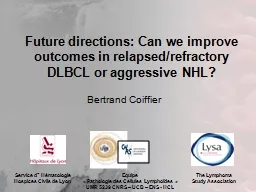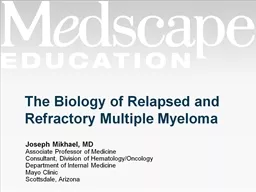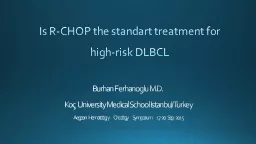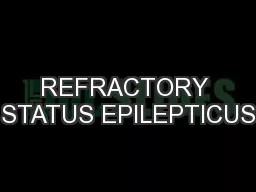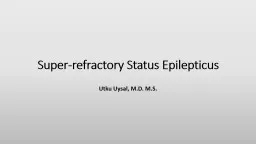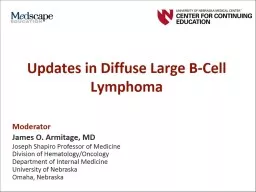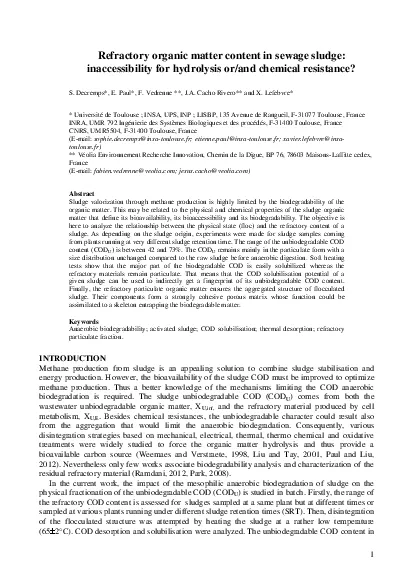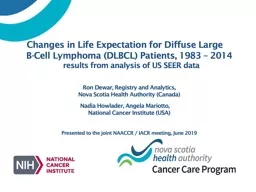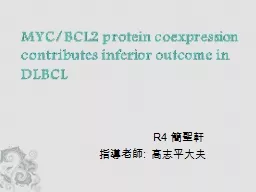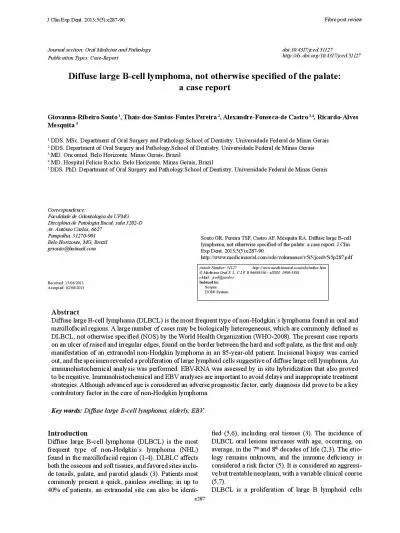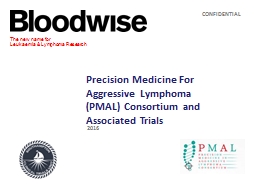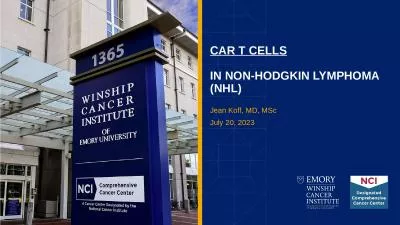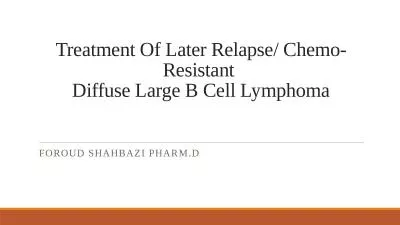PPT-Future directions: Can we improve outcomes in relapsed/refractory DLBCL or aggressive
Author : mitsue-stanley | Published Date : 2020-04-10
Bertrand Coiffier Service d Hématologie Hospices Civils de Lyon Equipe Pathologie des Cellules Lymphoïdes UMR 5239 CNRS UCB ENS HCL The Lymphoma Study
Presentation Embed Code
Download Presentation
Download Presentation The PPT/PDF document " Future directions: Can we improve outco..." is the property of its rightful owner. Permission is granted to download and print the materials on this website for personal, non-commercial use only, and to display it on your personal computer provided you do not modify the materials and that you retain all copyright notices contained in the materials. By downloading content from our website, you accept the terms of this agreement.
Future directions: Can we improve outcomes in relapsed/refractory DLBCL or aggressive: Transcript
Download Rules Of Document
" Future directions: Can we improve outcomes in relapsed/refractory DLBCL or aggressive"The content belongs to its owner. You may download and print it for personal use, without modification, and keep all copyright notices. By downloading, you agree to these terms.
Related Documents

